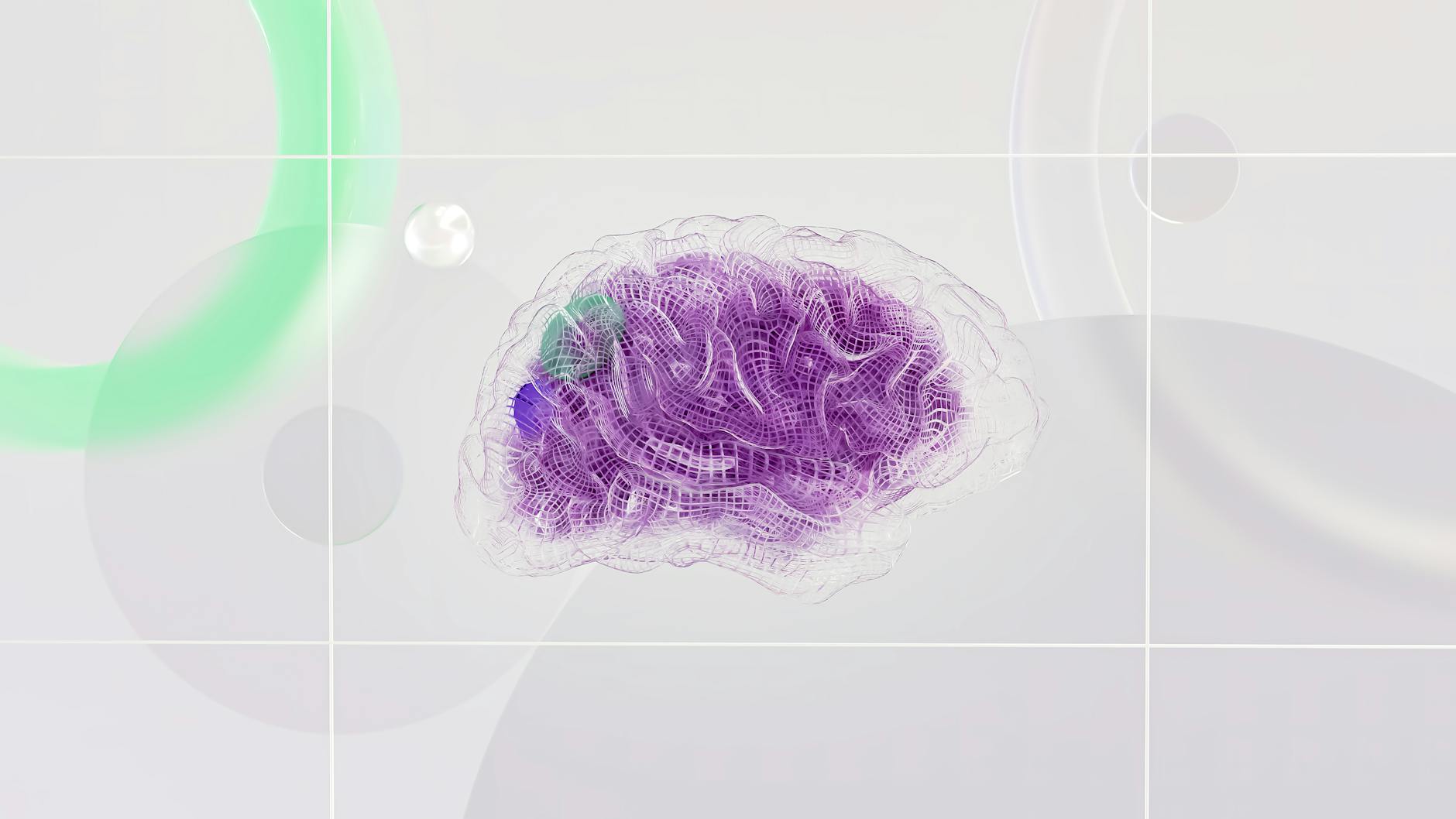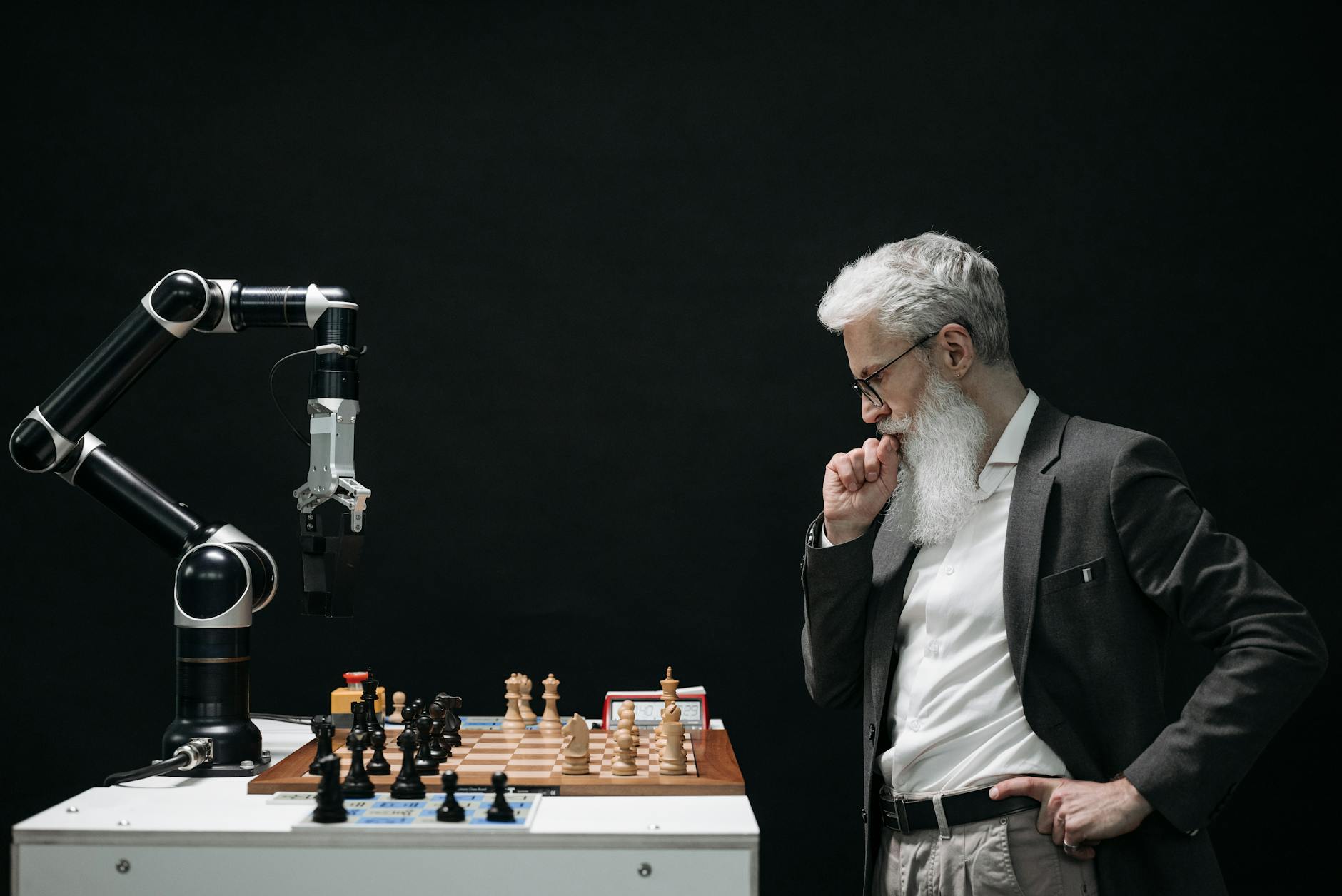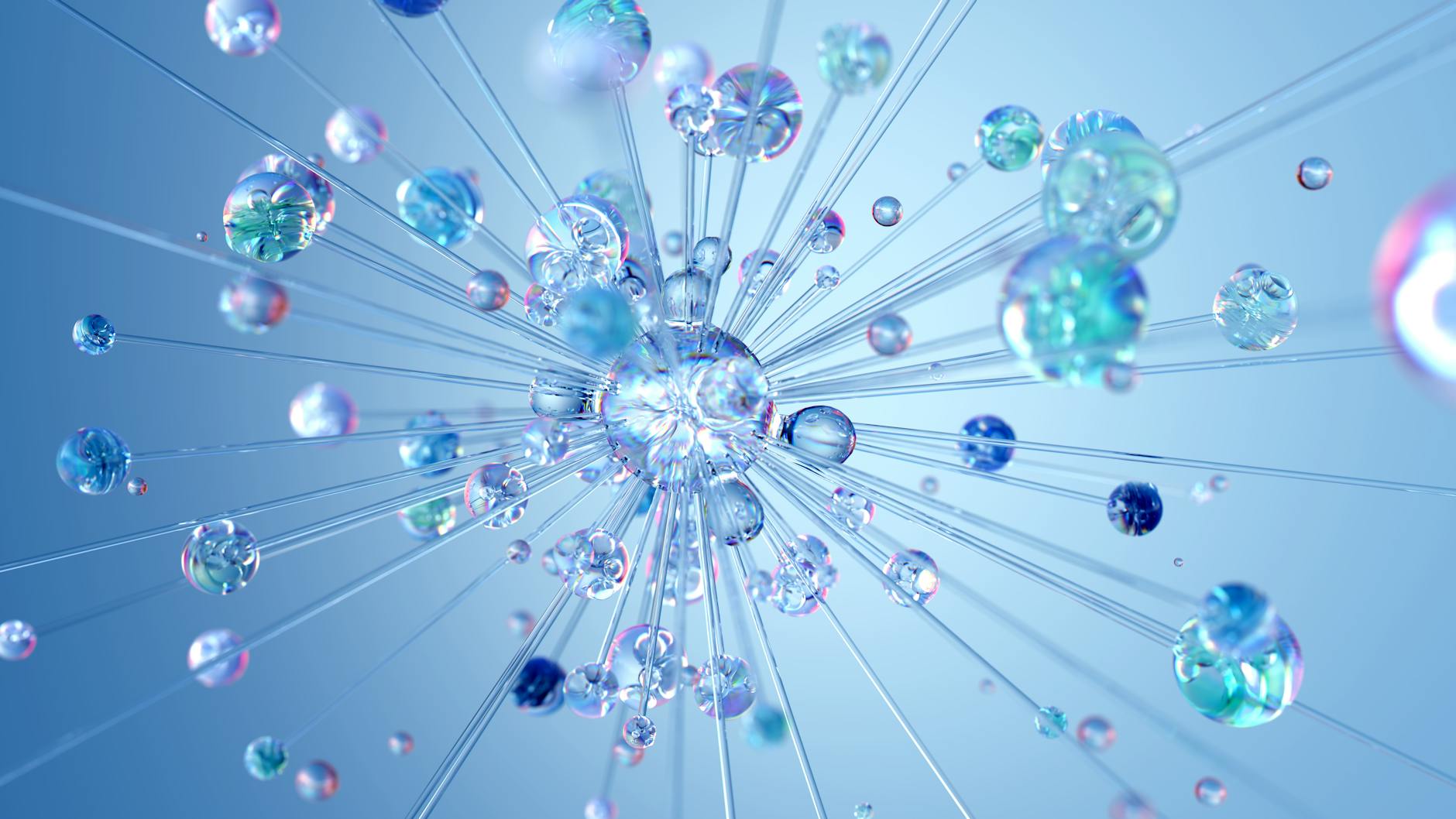
The rise of AI-driven animation is transforming the way creators produce content, blending technology and creativity like never before. This new wave of innovation brings remarkable advancements that streamline production, enhance visual quality, and offer new tools for creative expression. From automating tedious tasks to generating lifelike characters, AI is reshaping the animation industry, making it more accessible and efficient for creators at all levels.
In this post, we’ll explore the essential insights that animators need to know to stay ahead in this rapidly evolving landscape. You’ll learn about the latest AI tools, their practical applications in animation, and how these technologies are revolutionizing content creation today. Stay tuned—this is your guide to understanding and leveraging the power of AI in animation.
Understanding AI-Driven Animation
AI-driven animation is revolutionizing the animation industry. By using advanced technologies, animators can create more complex and visually stunning content in less time. Let’s break it down into some key areas:
Core Technologies
 Photo by cottonbro studio
Photo by cottonbro studio
AI-driven animation is powered by several core technologies:
- Machine Learning Algorithms: These algorithms can analyze vast amounts of data to identify patterns and make decisions. In animation, they help create realistic movements and behaviors for characters.
- Neural Networks: Modeled after the human brain, neural networks can learn and improve over time. They are used to generate high-quality images and animations by understanding and mimicking human creativity.
- Data Processing Techniques: Handling large datasets quickly and efficiently is essential for AI. Advanced data processing methods ensure that these algorithms can work in real-time, making the animation process faster and more efficient.
Historical Context and Evolution
To appreciate the impact of AI in animation, it’s important to understand its history:
- Early Beginnings: Animation began with hand-drawn sequences in the early 20th century. As technology progressed, it moved to computer-generated imagery (CGI), which allowed for more intricate and detailed visuals.
- Introduction of AI: The integration of AI into animation began in the late 20th and early 21st centuries. Early AI applications involved simple tasks like automating repetitive motions, but the technology has since evolved significantly.
- Key Milestones:
- 1980s – 1990s: Introduction of CGI in mainstream media.
- 2000s: AI starts to be used in more creative aspects of animation, such as character behavior and movement.
- 2010s – Present: Rapid advancements in AI have led to its use in almost every aspect of animation, from scriptwriting to rendering.
These technologies and historical shifts have dramatically transformed the animation industry. Now, animators can focus more on creativity while AI handles the technical aspects. This fusion of art and technology opens up new possibilities for storytelling and visual effects.
Benefits of AI in Animation
With the integration of AI in animation, creators are discovering a plethora of benefits that enhance both the efficiency and the creative aspects of their work. Here are the major advantages of using AI in animation:
Efficiency and Productivity
 Photo by Google DeepMind
Photo by Google DeepMind
AI tools dramatically streamline the animation process, allowing for quicker production times and improved output quality. Here’s how:
- Automated Tasks: AI can handle repetitive tasks like in-betweening, rotoscoping, and cleaning up frames, which reduces the time and effort required from human animators.
- Faster Rendering: AI-powered rendering engines can produce highly detailed images and animations in a fraction of the time traditional methods take.
- Error Reduction: By using AI for quality control, inconsistencies and errors can be identified and corrected quickly, ensuring a smoother workflow.
Imagine being able to produce high-quality animations in days instead of months. AI serves as a powerful assistant, taking over monotonous tasks and allowing animators to focus on the creative aspects of their projects.
Creative Enhancement
AI isn’t just about efficiency—it also opens new doors for creativity. Here’s how AI is pushing the creative boundaries of traditional animation:
- Exploring New Styles: AI algorithms can analyze vast datasets of artistic styles, enabling animators to experiment with and blend different visual aesthetics easily.
- Character Creation: AI can generate lifelike character movements and expressions, making the animation more engaging and realistic.
- Storyboarding: Using AI for storyboarding helps creators visualize scenes more efficiently and make changes on the fly.
Think of AI as a new set of paintbrushes for an artist. It provides novel tools that enable animators to experiment with ideas they might not have otherwise considered. This synergy between human creativity and AI capabilities results in animations that are both visually stunning and creatively ambitious.
In the ever-evolving field of animation, AI is proving to be an invaluable ally for creators, enhancing both productivity and creativity. By leveraging these tools, animators can bring their visions to life more effectively and innovatively than ever before.
Popular AI Animation Tools
As AI technology advances, several tools have emerged, making animation more accessible and innovative. Here’s a look at some of the popular AI animation tools that are transforming the industry today.
Top AI Animation Software
Kaiber AI
Kaiber AI is known for its robust capabilities in generating high-quality animations. It uses deep learning to create realistic character movements and intricate backgrounds. This tool is especially helpful for animators who want to automate tedious tasks and focus on the creative aspects of their projects.
Unique Features:
- Advanced Character Animation: Generates lifelike movements and expressions.
- Customizable Templates: Offers a variety of templates that can be customized to suit different styles.
- User-Friendly Interface: Easy to navigate, making it accessible to both beginners and professionals.
Use Cases:
- Creating animated short films.
- Enhancing visual effects in video games.
- Developing engaging content for social media.
Neural Frames
Neural Frames specializes in automating the animation process using neural networks. This tool excels in creating fluid animations from static images, making it a go-to for artists looking to bring their illustrations to life.
Unique Features:
- Image-to-Animation Conversion: Converts static images into dynamic animations.
- Real-Time Rendering: Provides fast rendering times, which is crucial for timely project completion.
- Versatile Style Options: Offers various artistic styles to suit different project needs.
Use Cases:
- Turning illustrations into animated sequences.
- Creating engaging educational content.
- Producing marketing materials with unique visual effects.
Live 3D
Live 3D is perfect for animators who focus on 3D animations. It combines AI with traditional 3D animation techniques to produce stunning, photorealistic visuals. This tool is widely used in film and video game industries.
Unique Features:
- Realistic 3D Models: Generates highly detailed 3D models.
- Motion Capture Integration: Supports motion capture technology for realistic character movements.
- High-Resolution Output: Produces animations in high resolution, suitable for large screens.
Use Cases:
- Developing 3D animated films.
- Creating realistic characters for video games.
- Designing virtual reality experiences.
User Experiences and Case Studies
Testimonials
 Photo by cottonbro studio
Photo by cottonbro studio
Many creators have shared their positive experiences with AI animation tools. Here are a few testimonials:
- John D., Independent Animator: “Using Kaiber AI has significantly reduced my production time. The software’s ability to automate character movements allows me to focus more on storytelling and creative direction.”
- Lisa M., Graphic Designer: “Neural Frames has transformed the way I work. I can now convert my drawings into animations in minutes, which has been a game-changer for my workflow.”
- Paul A., Game Developer: “Live 3D’s integration with motion capture has allowed us to create more lifelike characters for our games. The high-resolution output is perfect for our needs.”
Case Studies
Case Study 1: Animated Short Films with Kaiber AI
A well-known animation studio used Kaiber AI to produce a series of short films. The tool’s advanced character animation features allowed the studio to create intricate character movements effortlessly. As a result, the production time was cut in half, and the final product received rave reviews for its visual quality.
Case Study 2: Educational Content with Neural Frames
An educational content creator utilized Neural Frames to animate static diagrams and illustrations. The real-time rendering capabilities ensured that the animations were produced quickly and efficiently. The animated content was well-received by students, who found it easier to understand complex concepts through dynamic visuals.
Case Study 3: Video Game Development with Live 3D
A prominent video game developer incorporated Live 3D into their production pipeline. The tool’s realistic 3D models and motion capture integration enabled the team to create immersive game environments and characters. This led to a more engaging gaming experience and positive feedback from players.
These popular AI animation tools are revolutionizing how creators work, making animation faster, easier, and more creative. Whether you’re producing films, video games, or educational content, there’s an AI tool that can help enhance your project.
Challenges and Considerations
As promising as AI-driven animation is, it comes with its own set of challenges and considerations. Let’s explore some of the critical aspects that creators need to be aware of.
Technical Limitations
 Photo by Pavel Danilyuk
Photo by Pavel Danilyuk
AI in animation is rapidly advancing, but it’s not free from technical limitations. Here are some key factors to watch out for:
- Hardware Requirements: AI algorithms, especially those used in animation, require robust hardware. High-performance GPUs and large memory setups are often necessary to train models and render animations. Not every creator or studio has access to such resources.
- Software Constraints: The software powering AI-driven animations is equally demanding. Many of these programs are still in their early stages and can be prone to bugs and inefficiencies. Moreover, integrating AI tools with existing animation software can be challenging and may require specific expertise.
- Real-Time Processing: Even with powerful hardware, achieving real-time processing remains a hurdle for many AI applications in animation. The detailed computations needed for realistic animations can slow down production times, counteracting some of the efficiency benefits AI promises.
- Data Dependency: Effective AI models need vast amounts of data to learn and perform well. Gathering high-quality data and cleaning it to make it usable can be a time-consuming and resource-intensive process.
Understanding these technical limitations helps creators set realistic expectations and prepares them for the challenges they might face when incorporating AI into their workflow.
Ethical and Creative Concerns
The rise of AI in animation also brings several ethical and creative challenges. Here are some of the most prominent issues:
- Job Displacement: One of the most talked-about concerns is the potential loss of jobs. As AI automates tasks traditionally done by human animators, there’s fear that many roles, especially entry-level positions, might become redundant.
- Loss of Authenticity: AI can generate stunning animations, but there’s an ongoing debate about the authenticity and originality of AI-created art. Can a machine truly capture the nuance and emotional depth of human creativity? Many purists argue that AI lacks the personal touch that makes art unique.
- Ethical Implications: The ability to create realistic character animations can be exploited. Deepfakes are an excellent (and alarming) example of how AI-generated content can be misused, contributing to misinformation and propaganda. This raises questions about the ethical responsibilities of creators and the limitations that should be placed on AI-generated content.
- Creative Integrity: There’s concern that reliance on AI could hinder creative growth. If AI does most of the heavy lifting, animators might miss out on developing their skills and unique styles. Over time, this could lead to a homogenization of artistic expression within the industry.
In addition to these points, creators must navigate the evolving legal landscape around AI in art. Issues of authorship and ownership of AI-generated content are still being debated, and clear guidelines are yet to be established.
Understanding these challenges and considerations is crucial for anyone looking to leverage AI in their animation projects. While AI holds great promise, creators must navigate these hurdles carefully to ensure that their art remains authentic and ethically sound.
Future of AI in Animation
The future of AI in animation is bright and rapidly evolving. As AI technologies continue to advance, so does the potential for creating more innovative and immersive animated experiences. Let’s take a look at what the future holds.
Predicted Trends
 Photo by Google DeepMind
Photo by Google DeepMind
Several emerging trends are shaping the future of AI-driven animation:
- Advanced Algorithms: New and improved AI algorithms will make animations more lifelike and nuanced. These algorithms will not just automate but also enhance the creative process.
- Integration with Virtual Reality (VR): Imagine stepping into an animated world. With AI and VR working together, creators can build immersive environments that audiences can explore in real-time.
- Real-Time Personalization: AI can create personalized content for users on-the-fly. Picture a storyline that changes based on the viewer’s emotions and choices, making animation highly interactive and engaging.
- Enhanced Emotion Animation: AI will enable characters to express a broader range of emotions more accurately. This will lead to more relatable and dynamic characters.
These trends indicate that AI isn’t just a tool but a co-creator in the animation process, offering new dimensions of storytelling and engagement.
Long-term Impact on the Industry
AI’s influence on the animation industry could be transformative in the coming decade and beyond. Here’s how it might shape the future:
- Job Market Shifts: AI will automate many tasks that animators currently do manually. This could lead to job displacement but also create opportunities for new roles and specializations.
- New Creative Possibilities: AI opens doors to creative possibilities that were once unimaginable. Think about fully interactive feature films where the story adapts in real-time based on audience interaction.
- Cost Efficiency: With AI streamlining the animation process, production costs will decrease, allowing smaller studios and independent creators to produce high-quality content.
- Global Collaboration: AI can facilitate easier collaboration across the globe. Creators from different countries can work together seamlessly, sharing assets and ideas in real-time.
- Ethical and Regulatory Considerations: As AI takes on a more significant role in creation, ethical questions about authorship and content ownership will arise. The industry will need to establish clear guidelines to navigate these issues.
In essence, AI is set to revolutionize animation, making it more efficient, creative, and inclusive. The journey may come with challenges, but the potential rewards for creators and audiences alike are immense.
Conclusion
AI-driven animation is transforming content creation by making it more efficient and creative. It helps automate repetitive tasks, reduce errors, and improve rendering times. Moreover, it enhances creativity with tools that explore new styles, create lifelike characters, and facilitate storyboarding.
Stay informed about the latest AI advancements. Integrating AI tools into your workflow can significantly improve productivity and open new creative possibilities. AI is not just a tool; it’s an essential ally for today’s animators. Embrace this technology to stay competitive and elevate your artistry.






Leave a Reply